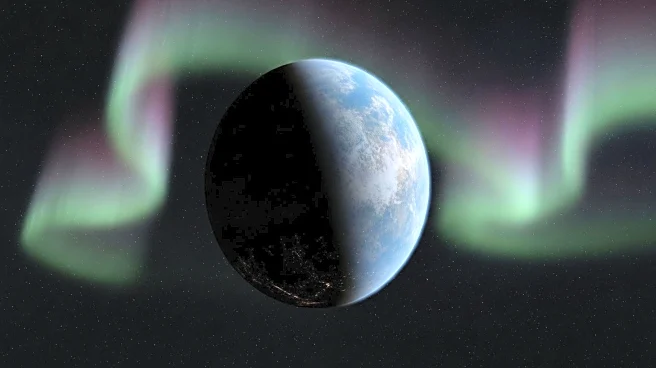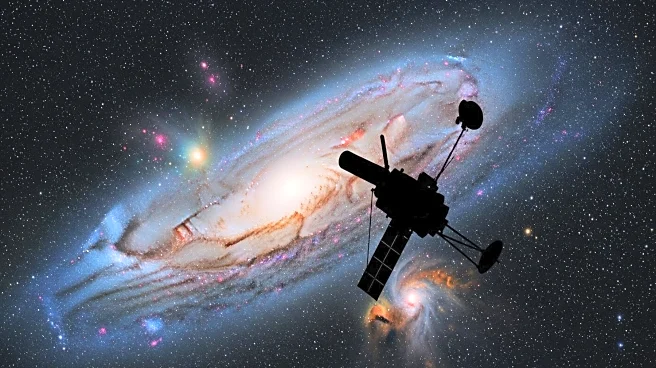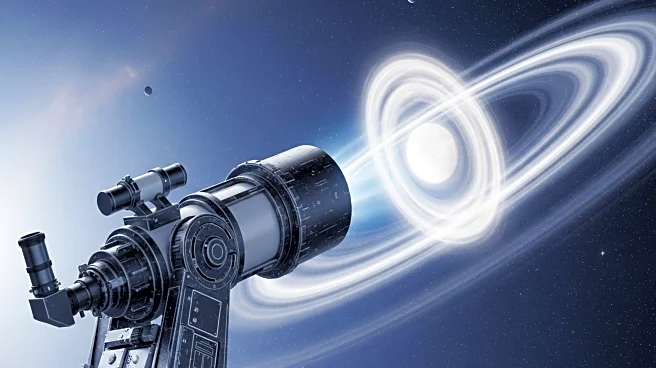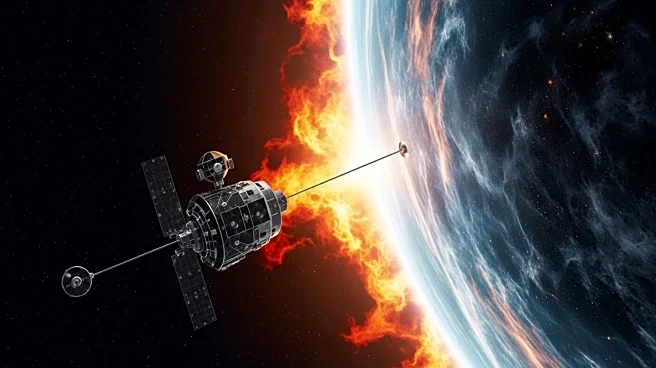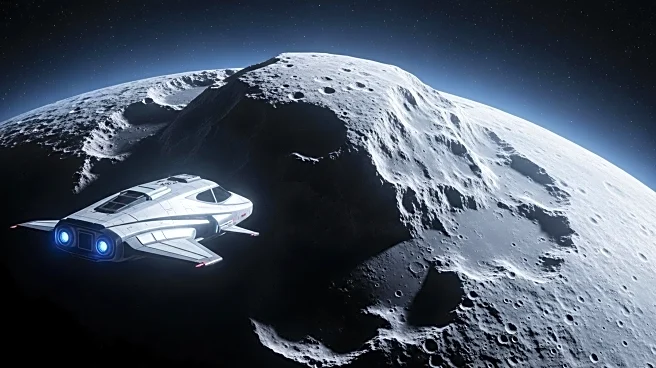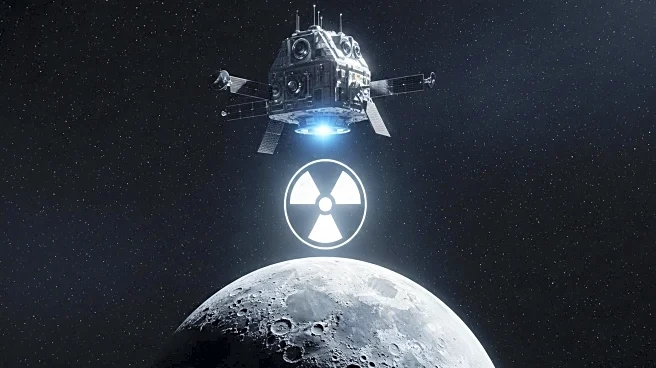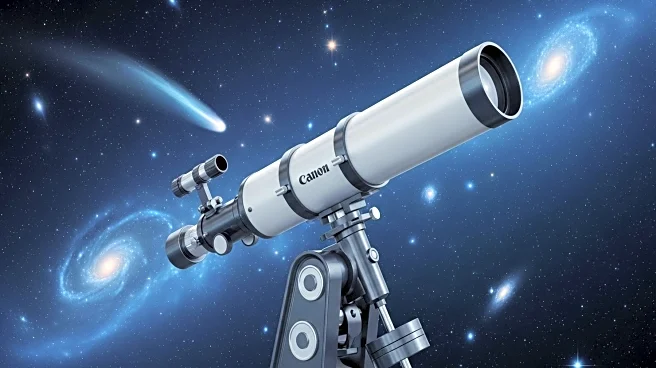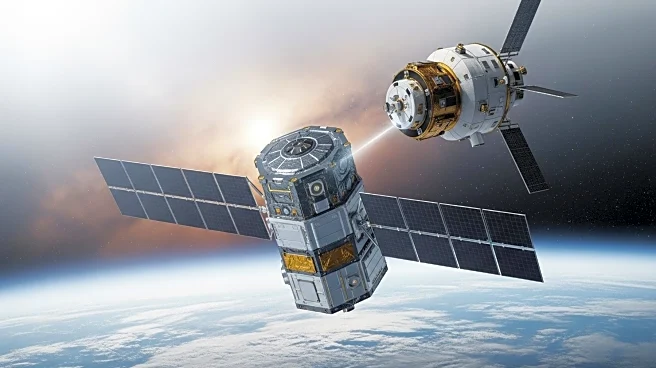What's Happening?
NASA's Voyager 1 is set to become the first human-made object to reach a distance of one light-day from Earth on November 15, 2026. Launched in 1977, the spacecraft was initially intended to study Jupiter and Saturn but has far exceeded its original mission parameters. Voyager 1 entered interstellar space in 2012 after passing through the heliopause, the boundary marking the end of the Sun's solar wind. It continues to send back data, making it the most distant and enduring emissary of Earth's space exploration efforts. The spacecraft has traveled over 16 billion miles and moves at approximately 38,000 miles per hour, with its radio signals taking nearly a day to reach Earth.
Why It's Important?
Voyager 1's journey represents a significant achievement in human space exploration, highlighting the potential for long-term scientific missions beyond the solar system. Its continued transmission of data provides valuable insights into the interstellar medium, aiding scientists in understanding the limits of the Sun's influence. The spacecraft's endurance underscores the importance of patience and continuity in scientific endeavors, offering a living archive of engineering and scientific dedication. As Voyager 1 approaches the one light-day mark, it serves as a reminder of humanity's quest to connect with the unknown and expand our understanding of the cosmos.
What's Next?
On January 28, 2027, Voyager 1 is expected to be one light-day from the Sun, adding a symbolic parallel to its outward journey. The spacecraft's progress will continue to inform solar scientists and astrophysicists as they refine models of the Sun's influence in interstellar space. While Voyager 1's journey to the outermost edge of the Sun's gravitational domain would take nearly 40,000 years, each increment of its progress serves as a data point in defining the solar system's true limits.
Beyond the Headlines
Voyager 1's mission evokes a human dimension, reflecting a deep-rooted desire to connect with the unknown. The spacecraft's faint signals from the outskirts of space serve as a poetic reminder of how far humanity has reached and the vastness of the universe. Its journey challenges the notion of faster-than-light travel, emphasizing the significance of sustained movement across time rather than speed.

